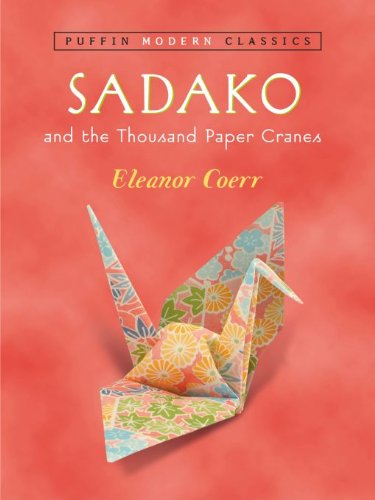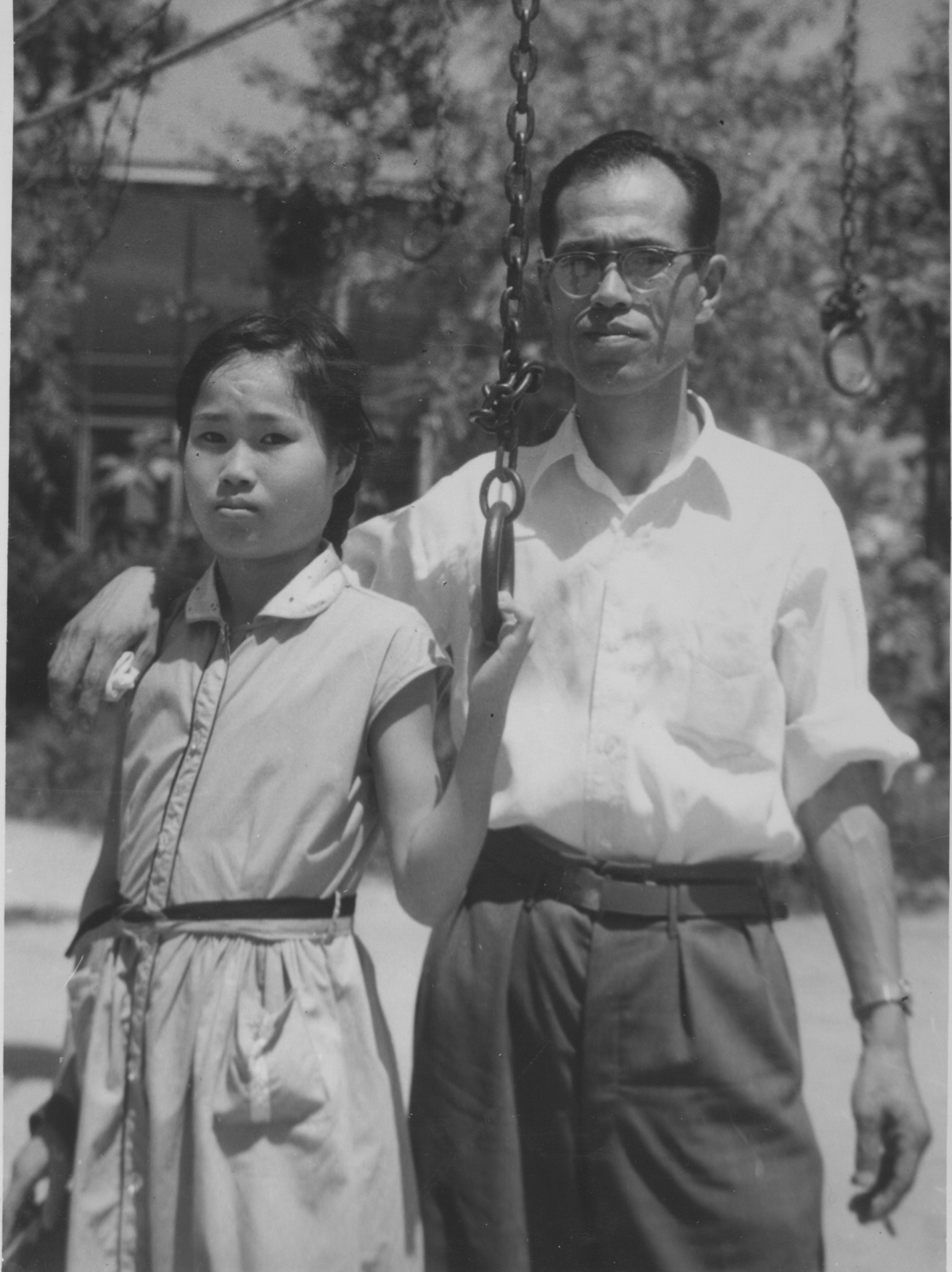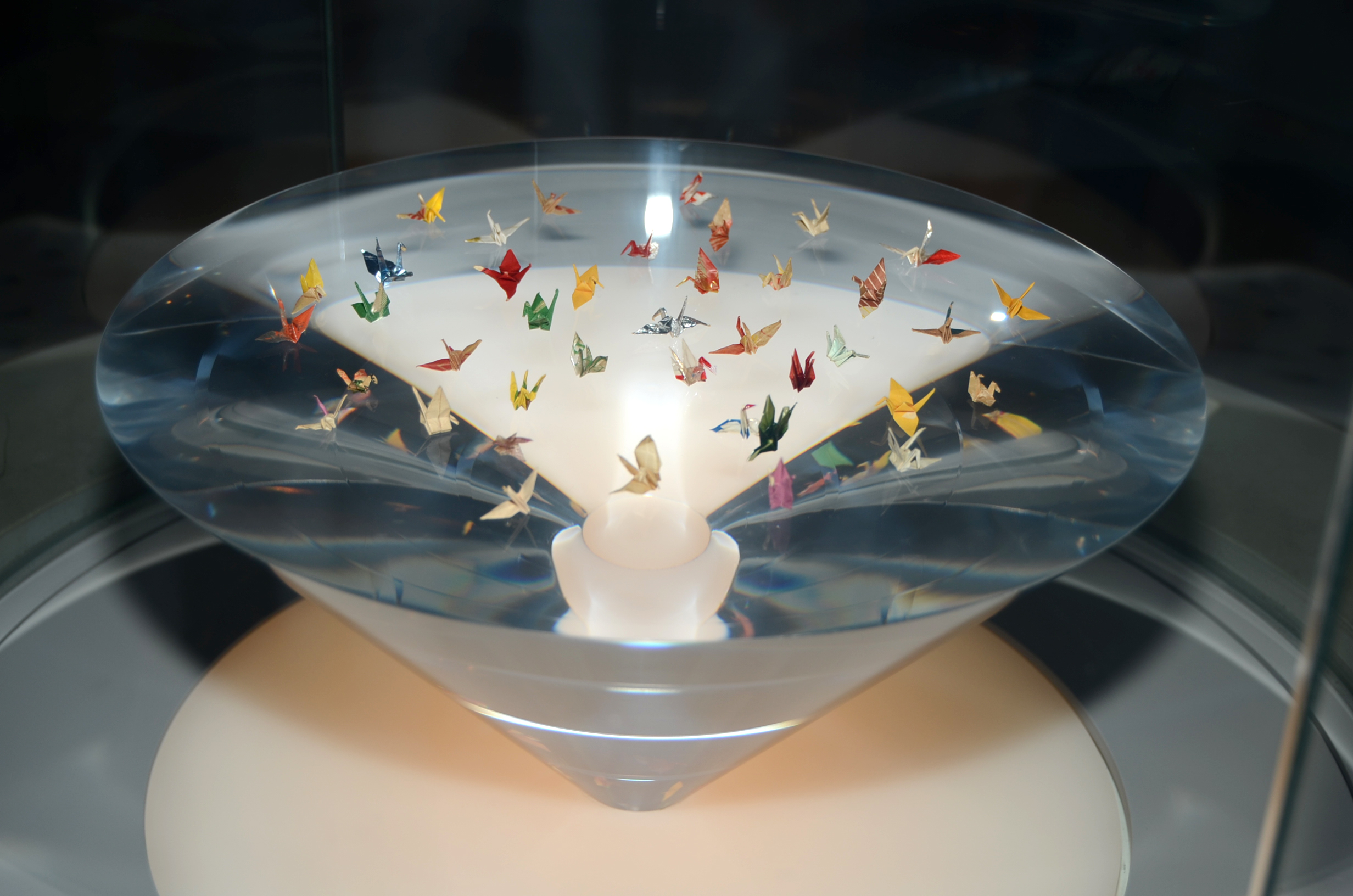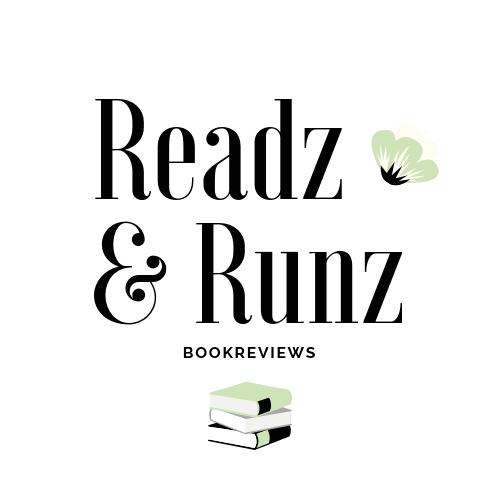Sadako and the Thousand Paper Cranes
Hiroshima-born Sadako is lively and athletic--the star of her school's running team. And then the dizzy spells start. Soon gravely ill with leukemia, the "atom bomb disease," Sadako faces her future with spirit and bravery. Recalling a Japanese legend, Sadako sets to work folding paper cranes. For the legend holds that if a sick person folds one thousand cranes, the gods will grant her wish and make her healthy again. Based on a true story, Sadako and the Thousand Paper Cranes celebrates the extraordinary courage that made one young woman a heroine in Japan.
Title: Sadako’s Cranes
Author: Eleanor Coerr
Genre: Children’s Historical Fiction
Publisher: Penguin Random House Audio
Published: Mar 5, 2019
Format: Audiobook
Duration: 44m 56s
ISBN: 9780525629078
Language: English
My Review
Sadako is a young girl about to go into Middle Grade, and she is very excited about it. The greatest part about it is, that she will be on the track team, her favorite sport. Together with her bother and parents, the family lives a traditional life. It’s a few years after Hiroshima, and many of their friends and family have died from illness related to radiation. Sadako was two years old when Hiroshima happened and every year, the family goes into the community to celebrate life and gratefulness.
Everyone knows the sickness…..the disease that many fall ill with and die. It’s whispered, it’s feared, it’s all around. Leukemia. Sadako isn’t feeling well at one of her training sessions, and they seek medical attention. The families worst fear comes true. Sadako has cancer.
In the hospital, Sadako tries to keep hope and is eager to leave. Counting the days, to get out of there, she begins to fold paper cranes via origami. She has the wish to be healed after she makes 1000 cranes and begins the race of building.
Counting into the hundreds, she gives them away, hangs them, sets them on ledges….but her health keeps declining.
At last, with just a few cranes left to go, her mother makes her a most special gift, a kimono. She has always wanted one, but they could not afford it. Her families’ sacrifice to purchase the fabric for this gift of love is almost too much to bear for Sadako.
With a few cranes short of 1000, Sadako passes away. Her community comes together and children all around begin making paper cranes way passed 1000 to honor and preserve her spirit.
***
The spirit of community and the love of a family stand out in this novel. Sadako is only one of the victims of Hiroshima and the aftermath. This story is based on the true story of Sadako’s life and there is a memorial set up today. See below.
This novel isn’t long and can easily be read in a sitting even as a sufficient young reader. It is a gentle servant into the subject matter/topic considering any angst a child might have about it.
Hiroshima and it’s people the effects as well as Leukemia in itself is tough to read about and understand when young. This version of the story does not discount or mask the truth, but it is written in a way, that it stays neutral enough to approach/ introduce the subject or expose young readers to illnesses that sometimes cannot be healed. The focus here is hope and love. A gentle way to take the next step to further research, remember and perhaps inspire.
Sadako and her father before she passed away
Children’s Book Almanac
The classic, Sadako and the Thousand Paper Cranes, was published in 1977, shortly after the end of the Vietnam War. Like so many other authors of historical fiction for children, Eleanor Coerr chose the time period of another conflict, World War II in the Pacific, to deliver her thoughts about the effects of war on children and her message of peace. As a journalist Coerr visited Japan for the first time in 1949 and spent three years interviewing the citizens about their post-World War II experience. After marrying a career diplomat and ambassador, she returned to Japan in the 1960s. At the Hiroshima Peace Park, she saw a new statue honoring Sadako Sasaki (1943–1955). Decorated with thousands of paper cranes, the memorial was engraved with these words: “This is our cry, this is our prayer: for building peace in the world.”
When she returned to the United States, Coerr became a children’s librarian and wrote books as well. For her eighth children’s book, she went back to Sadako’s letters, collected in an autobiography called Kokeshi, and presented the material in a straightforward manner so it could be read by children ages seven to ten.
Sometimes called the “Anne Frank of Hiroshima,” twelve-year-old Sadako was the star of the school running team, but her athletic prowess did not save her from contracting “the atomic bomb disease” leukemia. Sadako had once heard that paper cranes might cure illness: “If a sick person folds one thousand paper cranes, the gods will grant her wish and make her healthy again.” So she set out to fold that many, but died before they were finished. Her classmates completed the task for her and buried Sadako with a thousand paper cranes. In American schools, Sadako and the Thousand Paper Cranes is often accompanied by the folding of origami birds—instructions have been included in the book. In Japan on Peace Day, August 6, children place thousands of paper cranes on Sadako’s statue.
Today, October 25, marks the 56th anniversary of Sadako’s death. This slim book of eighty pages, written in very simple language, presents her heart-wrenching story. A three-handkerchief story, it will always work for those readers who request “a sad book”; it even ends with the line, “She never woke up.” By showing the effect of a war on the life of a vibrant and attractive child, Eleanor Coerr wrote a powerful book that advocates for peace.
http://childrensbookalmanac.com/2010/10/sadako-and-the-thousand-paper-cranes/
Picture credit to article below.
How Paper Cranes Became a Symbol of Healing in Japan




